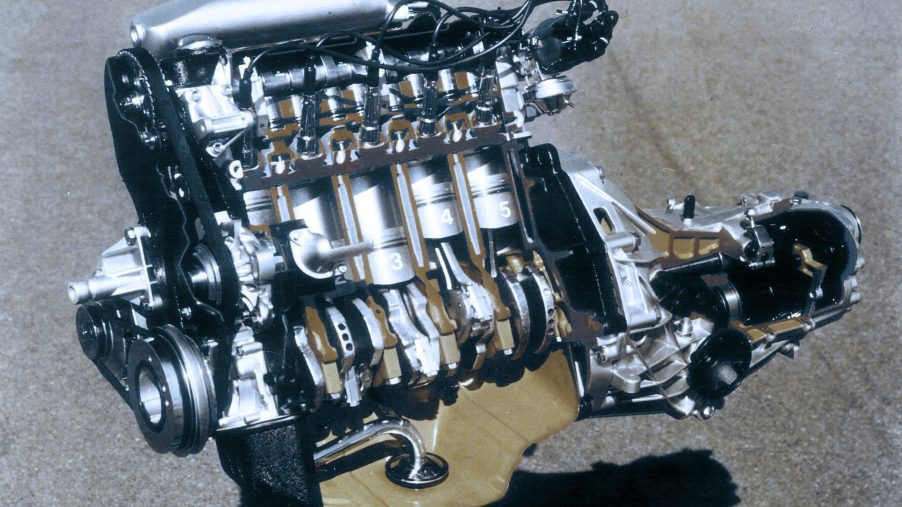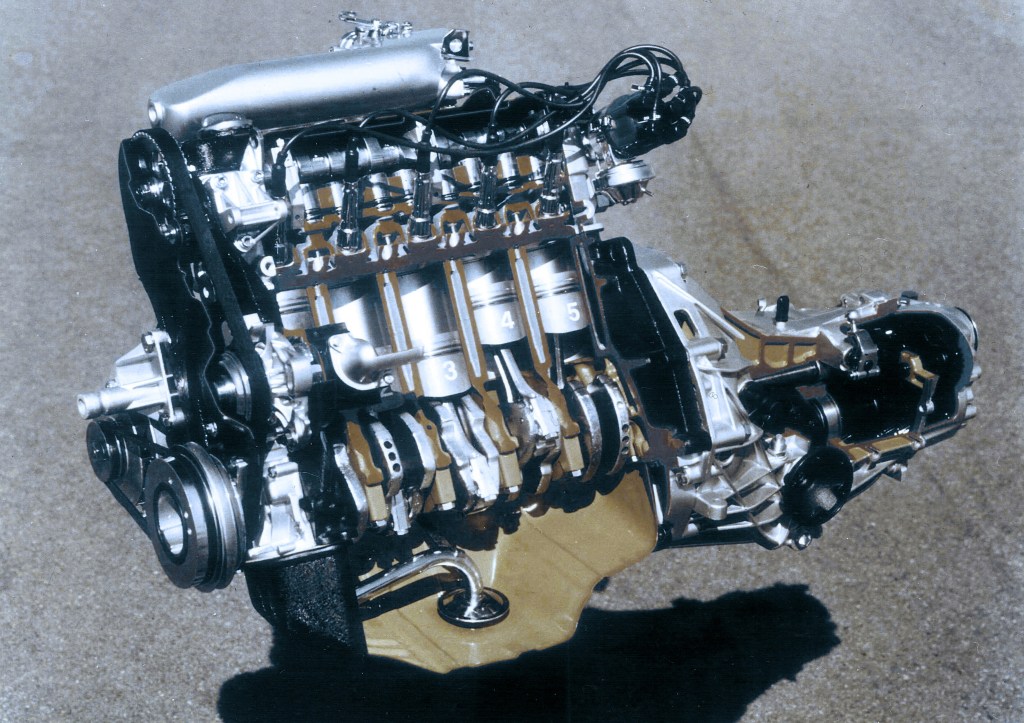
Here’s the Difference Between a Timing Belt and a Serpentine Belt
If you’re like me and forget automotive parts more often than not, then timing belts and serpentine belts are easy to mix up. After all, they’re both belts, but beyond that, they couldn’t be more different. From location and material to their essential role in your car’s engine, each has different maintenance schedules you ought to know about.
The serpentine belt is located on the outside of the engine
If you pop the hood and look at your engine, the serpentine belt isn’t hard to spot. It’s a long rubber band stretched out on the side of the car, connecting the engine to key components of your car. For instance, the timing belt spins the alternator, which converts engine power to electricity. Likewise, it’s connected to the power steering pump and, in some cases, the water pump, to keep those parts operating smoothly.
You should replace your serpentine belt every 60k to 100k miles, though every manufacturer has different recommendations. However, you should never skimp on this important maintenance step.
Inspect your serpentine belt often, looking for cracks, frays, and strips of rubber peeling off. Likewise, if the belt develops a shine or a glaze, you’ll want to have it looked at by a mechanic. If you notice your engine making chirping or squealing noises, your electrics begin to fail, or your check engine light comes on, those are also good indicators that it might be time to have the belt checked.
Your engine may also have what’s called a belt tensioner. Some serpentine belts need to be tightened manually, while others are connected to this component that does it for you. That will be checked along with your serpentine belt, and chances are the repair bill won’t be over $300.
The timing belt is located inside/behind your engine
Your engine either has a timing chain or a timing belt, check your owner’s manual and the internet to see which one your vehicle has. Regardless, the timing belt connects your crankshaft to the engine valves, which supply air and fuel. And because your pistons fire in a fraction of a second, this entire process must be in perfect synchronization.
Funnily enough, the maintenance schedule for timing belts is fairly similar to that of serpentine belts. It’s recommended to swap them out every 60k to 100k miles, though this is no maintenance DIY project, as it requires total disassembly of the engine. Likewise, because of the added labor, timing belts cost upwards of $1,000 to change. But failure to do that may total the car (in fact, failure to perform most maintenance may total the car).
It’s also recommended to have other parts replaced with the timing belt, such as your water pump. Because the timing belt keeps everything in sync, putting a new one in may affect other parts. That’s one of the many reasons the bill is rather steep, but again, it’s worth it to replace.
If you drive an older car, replace these parts more often

The timing belts and serpentine belts of today are vastly superior to those of yesteryear. In fact, serpentine belts didn’t even exist. According to Firestone, older cars had individual belts for every part that needed power, rather than just one continuous serpentine belt. And the material of each, while both reinforced rubber, is stronger now than it ever has been.
Do your research on exactly when to replace every part of your car, and create a maintenance schedule that’ll keep your engine running happily for hundreds of thousands of miles.


